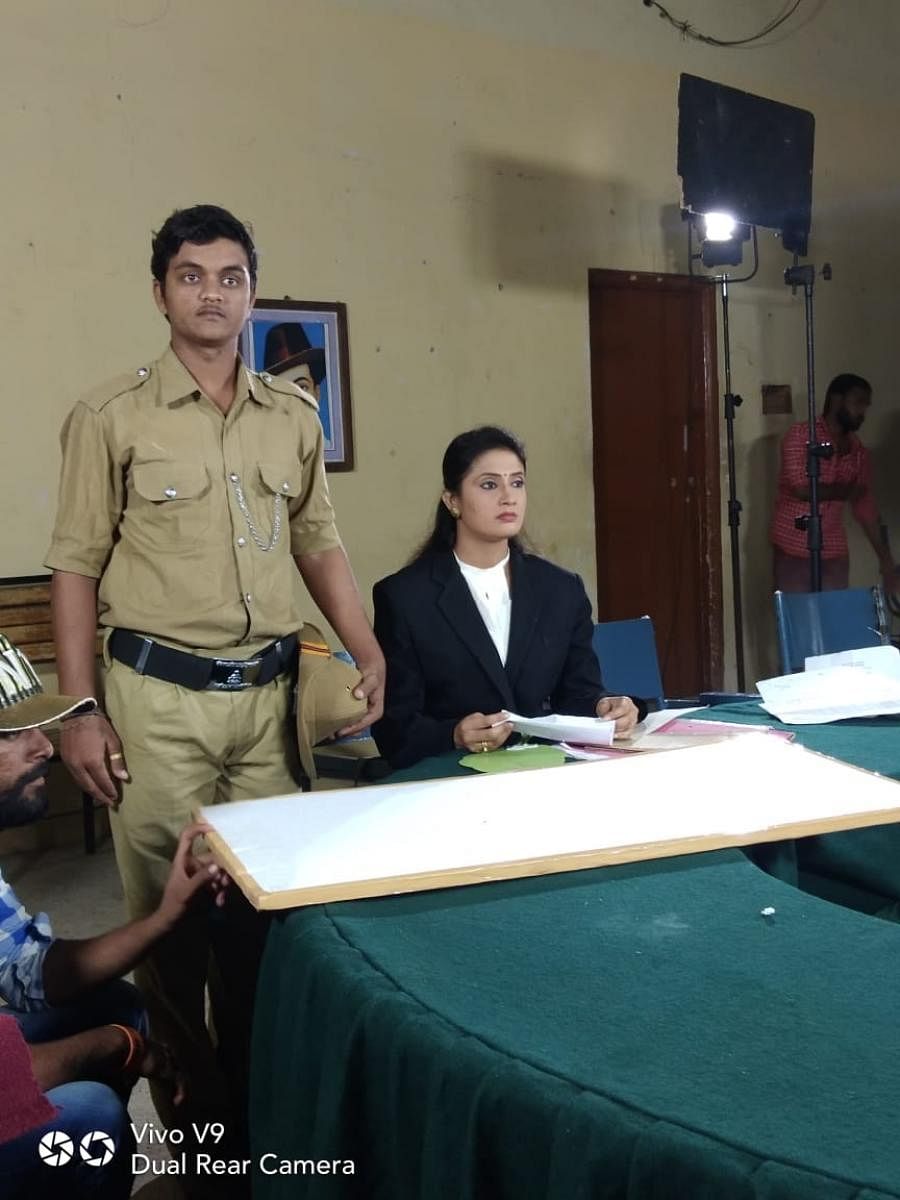
World Television Day is celebrated every year on November 21, since 1996. Metrolife spoke to members of the Kannada TV industry to look into how it has evolved over the years and what the future holds for it.
Post the second wave of Covid-19, the industry has been slowly slipping back into normalcy as shoots and daily drama releases are back on track. However, the pandemic has definitely left behind a mark, say industry insiders.
“We are now slowly getting our advertisers back, which is great news as TV viewership has picked up over the last year. From the looks of it, this feels like a good time for the industry leaders to seize the opportunity and help the industry evolve for the better,” says S V Shivakumar, president, Kannada Television Association.
Actress Deepa Bhaskar also agrees. “Unlike cinema, the television industry does not have many long-term projects. Our projects have a quicker turnaround time, this is what helped the industry tide over the effects of the pandemic. This is something we should be using for our benefit and creating more local content,” she says.
‘Dubbed shows threaten industry’
The industry started streaming dubbed content from across the state mainly during the pandemic, says Shivakumar.
“Before the pandemic, there used to be less than 20 per cent dubbed content on Kannada TV channels. If there was a show in another language that a director or producer saw potential in, it would then be remade into Kannada. But the pandemic changed this completely,” he tells Metrolife.
Actors and filmmakers across the state believe this could pose a threat to the already diminishing original local content.
“As far as language and culture is concerned, this is a threat to it. Especially on the weekends, where the viewership is huge, more original content should be played, because people can’t relate to the dubbed content. If you’re watching a Punjabi show based on farms, dubbed in Kannada, the viewer will not be able to relate,” adds Shivakumar.
As a result of the increase in dubbed content, many filmmakers are unable to get sanctions for their original project, says Sujata Akshaya. “Many actors and other workers in the industry don’t have jobs because of this. This needs to change quickly for the Kannada industry to evolve,” she adds. She believes, the industry has become more passive over time, than active.
B Suresha, producer, director and actor, believes this trend will change soon. “I predict people will soon get out of the rut of the pandemic and start creating more original content. At least I hope they do,” he says.
Scope for experiments
Suresha also believes that the industry needs to move from age-old family dramas and move on to more experimental topics.
“The typical saas-bahu dramas and reality shows are what we see the most on TV nowadays. This leaves very little room for the filmmakers to experiment. There needs to be a change in the pattern in thinking among the investors,” he says.
However, Deepa believes the industry is slowly changing for the better. “The change might be slow, but we’re definitely seeing more experimental content. Actors are also experimenting and playing a variety of roles, rather than sticking to stereotypes,” she says.
Both the industry and viewers have become more open to topics that would otherwise be considered taboo, adds Sujata. “Before the audience used to be very involved in the shows as the shows used to be very interactive. That is not the case anymore,” she says.
OTT, not a threat
Despite OTT platforms continuing to flourish across the country, it will not have a negative impact on TV viewership, hopes Deepa.
“I believe we have a different viewer base. There is still a large chunk of people who like to sit in front of the TV every evening at the same time and watch their favourite programmes. There is a sense of routine that comes along with TV that OTT does not provide,” she explains.
While the younger generation might prefer OTT, the older generation still prefer regional TV channels, believes Shivakumar.
“To maintain this, we need to give our viewers more content that can keep them gripped. For example, I believe telefilms can help with this. If we revive the trend of telefilms, we can surely keep the audience gripped throughout the week,” he says.